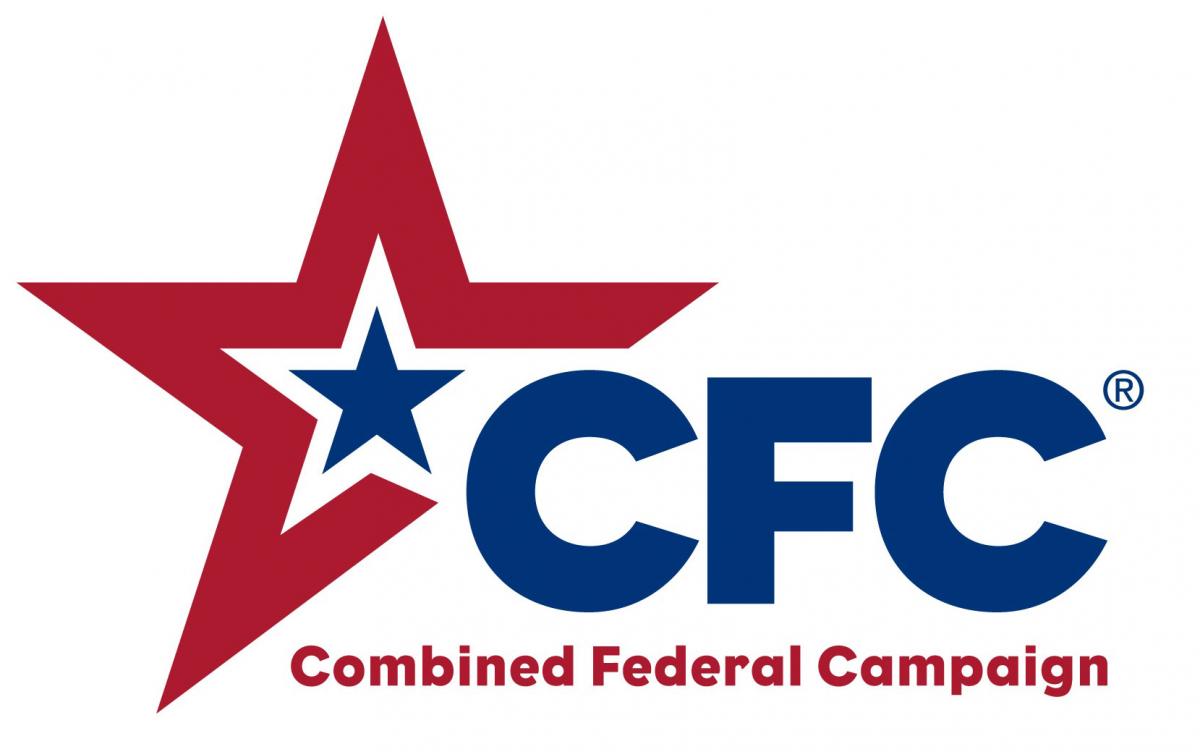Filing for adjustment or immigrant visas using CSPA
Last Updated
The Child Status Protection Act, or CSPA, was enacted in 2002 in an effort to prevent certain children from aging out while they wait to immigrate on a family-based petition. It helps lock in the age and preserve the “child” status of both immediate relatives and those in the preference categories. However, it works differently for both groups; and the filing strategy for permanent residency may depend on how old the child is at the time and whether he or she is filing to adjust status or consular process.
If a family-based petition is filed on behalf of an immediate relative child, the beneficiary will immigrate in that category regardless of how long it takes for the petition or subsequent application for adjustment or an immigrant visa to be adjudicated. This is also true if the child started out in the F-2A category and the petitioner naturalized before the child turned 21. In the Ninth Circuit, the child may even have turned 21, as long as he or she is under 21 using the “adjusted age” on the date of naturalization. If the petition was filed on behalf of a married child in the F-3 category, but the child divorced before turning 21, the child will also convert to immediate relative. In all of these cases, the child’s status is frozen and, absent the child getting married, he or she will immigrate as an immediate relative.
Children in the F-2A category do not convert to the F-2B category upon turning 21 if their adjusted age is below 21 on the date the priority date becomes current for the F-2A category. Adjusted age is calculated by taking the biological age and reducing it by the period of time the I-130 petition was pending. The same calculation is made to determine if derivative children in all of the family- or employment-based preference categories can retain their derivative status. In other words, look at the adjusted age of the child in the F-2A or derivative category at the time the priority date in the relevant category becomes current using Chart A, Final Action Dates, of the monthly Visa Bulletin. If they are under 21 on that date, their F-2A or derivative status will be preserved provided they seek lawful permanent resident status, or LPR, within one year. This is satisfied by filing for adjustment of status (Form I-485), for an immigrant visa (paying the immigrant visa fee, paying the affidavit of support fee, or filing the DS-260), or filing a Form I-824.
Let us now turn to some examples of how the CSPA plays out in consular processing and adjustment of status.
Consular Processing
Hypothetical #1: An LPR father filed an I-130 petition for his unmarried son on Sept. 15, 2015, in the F-2A category. The child was born on April 1, 1996, and was 19½ years old at the time. The petition was approved on Dec. 15, 2015, or three months later. The priority date became current on Sept. 1, 2016, using Chart B, Dates for Filing, and the National Visa Center, or NVC, sent a fee bill. The child’s biological age was 20½ at that time. The applicant paid it promptly and then filed the DS-260. The NVC recently sent a notice indicating the son converted from the F-2A to F-2B category. Wasn’t the child’s age frozen when he paid the visa fees or submitted the DS-260?
Answer: Unfortunately, it is the date the priority date becomes current using Chart A and not Chart B that triggers whether the child has aged out or not. The CSPA calculation cannot be applied until that time. The NVC sends out the fee bills and allows applicants to apply if they are under 21 using their biological age at the time the priority date is current in Chart B. So in this case the child was under 21 on Sept. 1, 2016. Nevertheless, the child did not know at that time whether he or she would still be able to proceed in the F-2A category. The NVC did its CSPA analysis when the priority date became current using Chart A, which was on Oct. 1, 2017. On that date the child was 21 years and five months. The petition had been pending for three months before it was approved, so that period of time can be subtracted from the child’s age. But the child would still have been over 21 using his adjusted age on the date the priority date became current using Chart A. The client had satisfied the separate one-year filing requirement, but the problem was that he had aged out. If the child is still unmarried when the F-2B finally becomes current, then he can continue with consular processing. He does not have to re-pay the immigrant visa fee.
Hypothetical #2: Same facts except we jump forward several years and the priority date in the F-2B category is now current. The father naturalized in the interim and the child converted to the F-1 category, which is backlogged at least another year. Can the child opt out and stay in the F-2B category?
Answer: Yes, the CSPA allows for opt out from the automatic conversion from F-2B to the F-1 category. The F-1 category is often backlogged farther than the F-2B category for beneficiaries from Mexico and the Philippines. Therefore, when the parents naturalize and the sons and daughters over 21 convert from F-2B to the first preference, they actually extend the time they must wait for their visa to become current. The CSPA eliminates this inequity by allowing these beneficiaries to elect whether they want to automatically convert to the first preference or opt out and stay in the F-2B category. The applicant “should file a request in writing with the District Office having jurisdiction over the beneficiary’s residence,” which means that those adjusting status may include the opt-out request with the I-485, Application to Register Permanent Residence or Adjust Status. Those applying for an immigrant visa can follow the instructions on the NVC website. The statutory language in Section 6 of the CSPA is mandatory and thus requires the agency to accept the applicant’s written statement opting out of the automatic conversion.
Hypothetical #3: Same facts except the client was born on Aug. 15, 1995. He had turned 21 using his biological age when the priority date became current in Chart B on Sept. 1, 1996, but using his CSPA age, he was still under 21. Nevertheless, the NVC is refusing to issue a fee bill and the client is worried about satisfying the one-year filing requirement.
Answer: In this case the applicant had already turned 21 using his biological age at the time the priority date became current using Chart B. The calculation for CSPA cannot be made until the priority date becomes current using Chart A. The NVC will not issue the fee bill for someone in this position, even though he or she might still qualify to process in the F-2A category. The same is true for derivative children who have already turned 21 using their biological age when the priority date becomes current using Chart B. There is no fear of losing CSPA protection due to the one-year filing requirement, since that one year does not start to run until Chart A becomes current.
Hypothetical #4: Same facts except the child was born on Aug. 15, 1995, and was listed as a derivative on the petition filed for his mother. On Oct. 1, 2016, the priority date became current using Chart A. The derivative child’s age is under 21 using the CSPA calculation (subtracting three months from his biological age). The mother is able to adjust status, and indicated she would do that on the I-130, while the child is overseas and will have to consular process. The NVC will not issue a fee bill for the child because the agency has not received an approved petition, and the child is concerned about the one-year filing requirement.
Answer: The mother needs to file a Form I-824, Application for Action on an Approved Application or Petition. She can file it at the time she files her I-485. When U.S. Citizenship and Immigration
Services, or USCIS, approves her I-485, it will also approve the I-824. When the NVC receives the approved I-824 and the case file, it will start the processing of the derivative child. In this case, his age is frozen on the date his priority date became current using Chart A. He will be considered to have satisfied the one-year filing requirement as long as the I-824 is filed within one year of the priority date became current.
Hypothetical #5: Same facts except the mother is consular processing and the child is present in the United States and eligible to adjust status.
Answer. In this situation, the child cannot file for adjustment until the principal beneficiary, his mother, has received her immigrant visa and entered the United States as an LPR. So the child may experience a problem satisfying the one-year filing requirement. The child is classified as a derivative, but he could lose that status unless he files for adjustment within one year of the priority date becoming current. One option would be for the mother to file a Form I-824 and request a duplicate I-130 approval notice. USCIS has not confirmed that this would satisfy the one-year filing requirement, though it would appear to satisfy it. Another option would be for the child to consular process and file the DS-260 (or pay the immigrant visa or affidavit of support processing fee) within one year of becoming current in Chart A.
Hypothetical #6. Same facts with the LPR petitioner filing an I-130 for the child. On the date the F-2A priority date becomes current, the child is over 21 using his biological age, but under 21 using his adjusted age. The petitioning father naturalized yesterday. The child is worried that he may have converted to the F-1 category since the petitioner is now a U.S. citizen. Can he opt out of conversion to F-1 and remain in the F-2A category? Or did he convert to immediate relative since he was under 21 using his adjusted age when the petitioner naturalized?
Answer: In every state not located in the Ninth Circuit, the child would convert from the F-2A category to the F-1 category, since it is the child’s biological age that would control, not his or her adjusted age. The child would not be considered an immediate relative, since he or she is over 21 using his or her biological age on the date the petitioner naturalized. While CSPA § 6 allows children in the F-2B category to opt out of conversion to first preference, there is no equivalent opt-out provision for children in the F-2A category. The Board of Immigration Appeals, or BIA, has held that the CSPA does not allow children in this situation to opt out of automatic conversion to the F-1 category, which is backlogged much farther than the F-2A category. Matter of Zamora-Molina, 25 I&N Dec. 2006 (BIA 2011). In the Ninth Circuit, however, the opposite is true. Based on a recent case, it is the child’s adjusted age on the date the naturalization took place that controls. Tovar v. Sessions, No. 14-73376 (9th Cir. Feb. 14, 2018). So in the example, the child would have converted to the immediate relative category when the father naturalized, since the child was under 21 using his adjusted age.
Hypothetical #7: A derivative child in the F-3 or F-4 category is under 21 using his biological age when the principal’s priority date becomes current using Chart B. The NVC issues a fee bill; the child pays it and submits the DS-260. However, when the priority date becomes current using Chart A, the child has aged out using both his biological and his adjusted age.
Answer: The child in that situation has lost derivative status and cannot proceed. He has also lost his filing fee. When the principal beneficiary immigrates and files a separate I-130 petition on his behalf, he would be classified in the F-2B category and would not be able to retain his priority date. Scialabba v. Cuellar de Osorio, 134 S. Ct. 2191, 573 U.S. __ (2014). In the event he is still alive and unmarried when the F-2B category becomes current, he would need to pay another immigrant visa fee.
Adjustment of Status
Hypothetical #8: An LPR father filed an I-130 petition for his unmarried son on Oct. 1, 2015, in the F-2A category. The child was born on Oct. 15, 1995. The petition was approved on January 1, 2016, or three months later. The priority date became current on Oct. 1, 2016, using Chart B, and the child promptly filed for adjustment of status. The child’s biological age was 20 at that time. The child was granted employment authorization. The priority date became current in Chart A on Dec. 1, 2016. The child’s biological age was over 21, but his adjusted age was still under 21, since he was allowed to subtract three months from his age.
Answer. Every month USCIS will decide whether to allow the filing of the adjustment of status using Chart B. For October 2016, USCIS allowed adjustment filing using Chart B. However, the agency will not schedule an interview until the applicant’s priority date becomes current using Chart A. In this case the applicant was still under 21 on Dec. 1, 2016, using his adjusted age. He had already satisfied the one-year filing requirement, so he is locked into the F-2A category.
Hypothetical #9: Same facts except the child was born on August 1, 1995. Although the child’s biological age was over 21 on Oct. 1, 2016, the date the priority date became current on Oct. 1, 2015, using Chart B, his adjusted age was under 21 since the petition had been pending three months. The National Benefits Center, or NBC, has allowed children in that situation to file for adjustment of status. However when the priority date became current using Chart A, the child’s adjusted age was over 21 and he had converted to the F-2B category.
Answer: Unlike the NVC, the NBC has allowed applicants to file for adjustment of status using Chart B if their adjusted age is under 21 but their biological age is over 21. This presumes that USCIS is allowing use of Chart B for that month. However, NBC will hold the adjustment application until the priority date is current in Chart A. If the applicant is still under 21 using his or her adjusted age on that date, the NBC will send the case to the local district office for an interview. If the applicant has turned 21 using his or her adjusted age on the date the priority date becomes current in Chart A, however, the NBC will not transfer the case. Instead, it will continue to hold the case until the child is current in the F-2B category, which could take years and perhaps decades, depending on his or her nationality. During that time, however, the adjustment of status case will remain pending and the applicant is entitled to receive renewals of employment authorization and eligibility for advance parole.
Hypothetical #10: Same facts with the child born on Oct. 15, 1995, except the petition was filed by a U.S. citizen for his sibling who has a derivative child. At the time the priority date in the F-4 category became current using Chart B, the child was under 21 using his biological age.
However, when the priority date became current using Chart A, the child had aged out using his adjusted age.
Answer. The child lost derivative status and the application would not be forwarded to the district office or even retained by the NBC. The child would no longer be eligible for employment authorization renewals or eligibility to apply for advance parole. He or she would stop receiving employment authorization renewals when the priority date became current using Chart A and it was determined that he had aged out. The child would have lost the adjustment of status filing fee.
Conclusion
It is important for practitioners to remember that they cannot determine if their client has preserved their “child” status until the priority date becomes current using Chart A. They can still file for an immigrant visa if they are under 21 using their biological age on the date the priority date becomes current using Chart B, but they still risk aging out. The same is true if filing for adjustment of status applicants who are under 21 using their adjusted age, provided USCIS has given permission to use Chart B. Those who have aged out and converted to the F-2B category by the time the priority date becomes current in Chart A will still remain in the queue. However, derivatives in other preference categories who age out will have lost eligibility to immigrate through that underlying petition and will need to start over.





